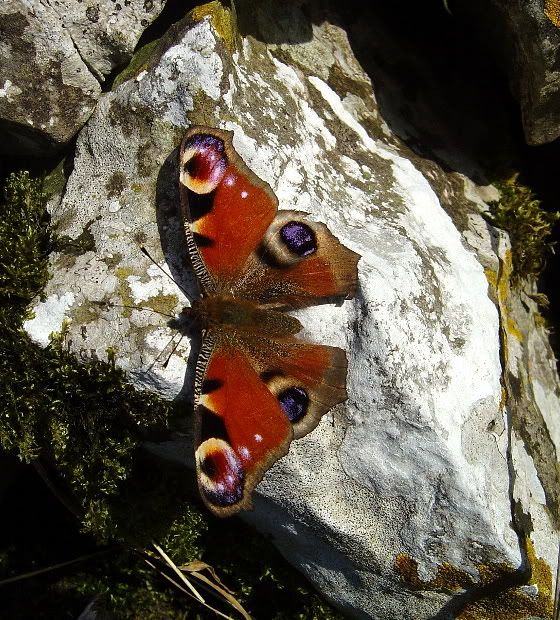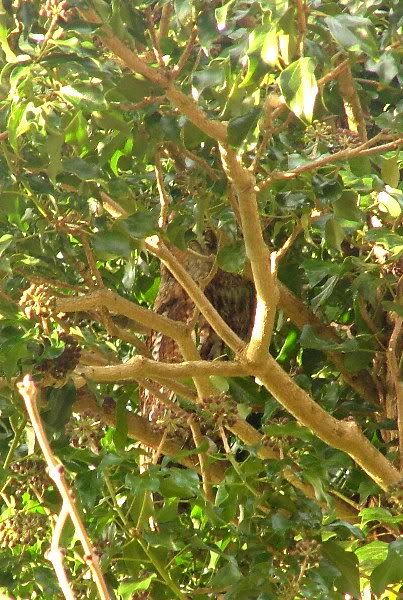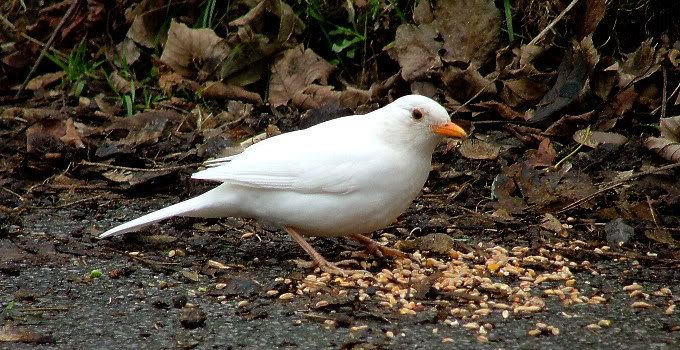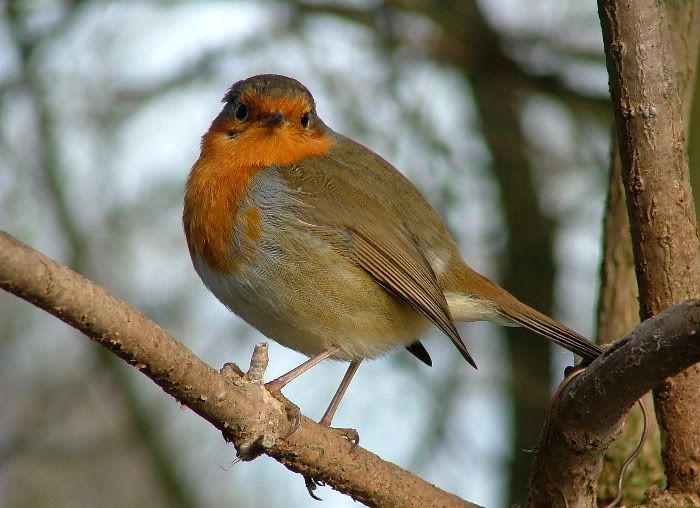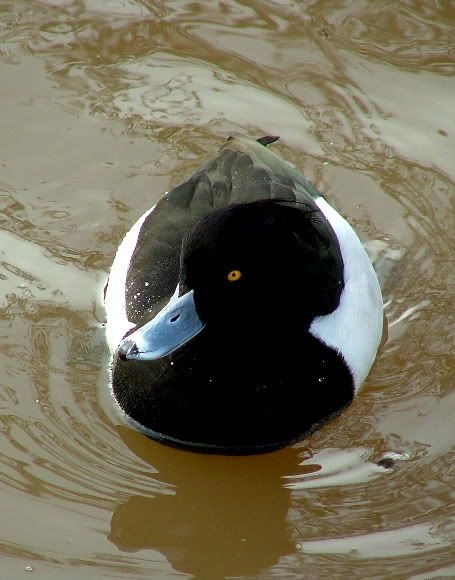 What unseasonal warmth! Did we sleep away the winter so quickly?
What unseasonal warmth! Did we sleep away the winter so quickly?Well, I can tell you, it remains chilly of a morning down in the Derbyshire Dales. With my free weekends rapidly running out, the girlfriend and I chose a walk new to us, up and back down Lathkill Dale in the heart of the Peak. For a Sunday it was hardly busy, so the scarcity of birds was somewhere toward surprising. Two pairs of Dipper were skittish dazzlers, and the odd languid Buzzard sailed over late morning, beyond that Great Tits, Robins, Goldcrest and Song Thrush added birdsong to the atmospheric mists. Something about the acoustics up there, the slightest twitter is so rich!
Grey Wagtail were a notable absence, I suppose still huddling for warmth down on the broader reaches of the river where the sunshine can find them.
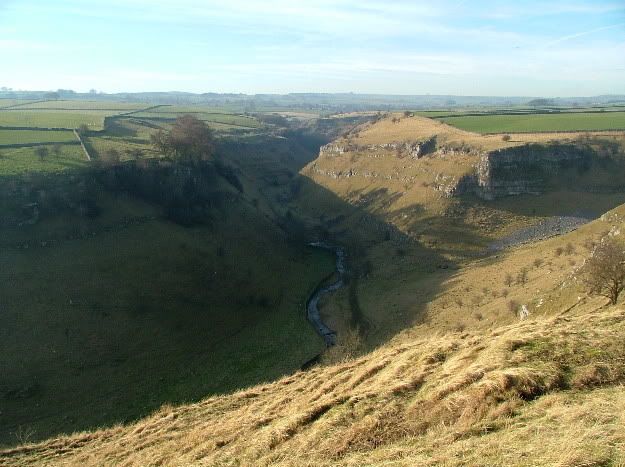
And now for something completely different... walking my niece to the park yesterday I observed behaviour from a pair of Carrion Crows quite new to me. One of the birds was eagerly pecking under the guttering of a house along the street, making me half-wonder whether it was searching for the eggs of early nesting sparrows. No, that wasn't it. Peck, peck, the crow grabbed and pulled out an enormous cob sandwich! Almost immediately thereafter in came the second bird, chasing away what was evidently an intruder raiding the food stash of the resident pair. It must have been watching them store the items there.
Of course I never have my camera when I really need it.
